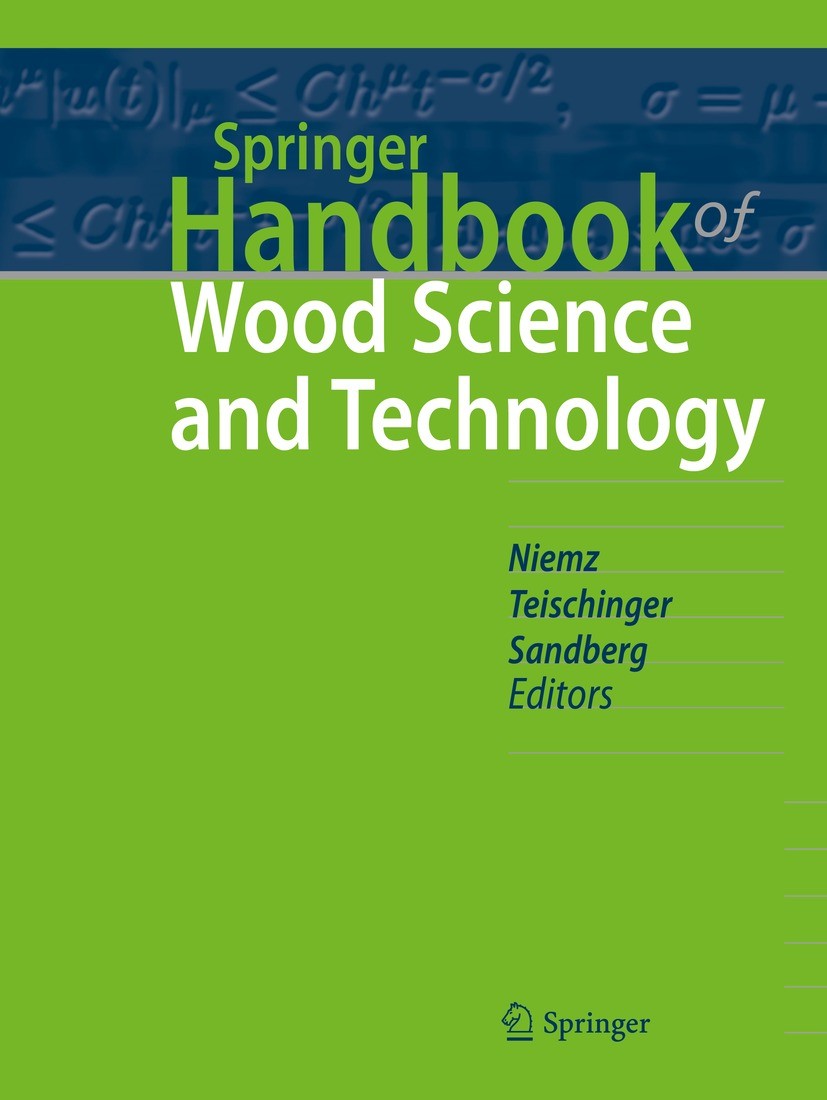This study investigates the dynamics of moisture transport in Scots pine (Pinus sylvestris L.) heartwood and sapwood, under alternating drying and wetting cycles, incorporating interactions between bound water, free water, and water vapor using a multi-phase model. Cylindrical specimens oriented longitudinally, radially, and tangentially were subjected to controlled relative humidity (RH) steps of 33%, 94%, and 64% at 23 \(^\circ\)C. High-resolution X-ray computed tomography (CT) provided detailed, time-resolved measurements of moisture distributions within the wood. A multi-phase model was developed that couples Fickian diffusion (for bound water and vapor) with Darcy’s law (for free water), supplemented by phase-conversion terms that account for evaporation and sorption. Key parameters, including absolute and relative permeabilities, direction-dependent vapor diffusivity reductions, thermal conductivity tensors, and free water transport formulations, were determined by matching predicted moisture profiles to the CT measurements. Among concentration and mixed concentration-pressure formulations for free water model, the mixed approach produced the most accurate match. The CT images revealed a rapid depletion of free water during the initial drying step, followed by distinct variations in bound water content as the RH was raised and lowered. Numerical simulations closely replicated these trends, indicating that the calibrated model effectively represents moisture transport both above and below the fiber saturation point.


